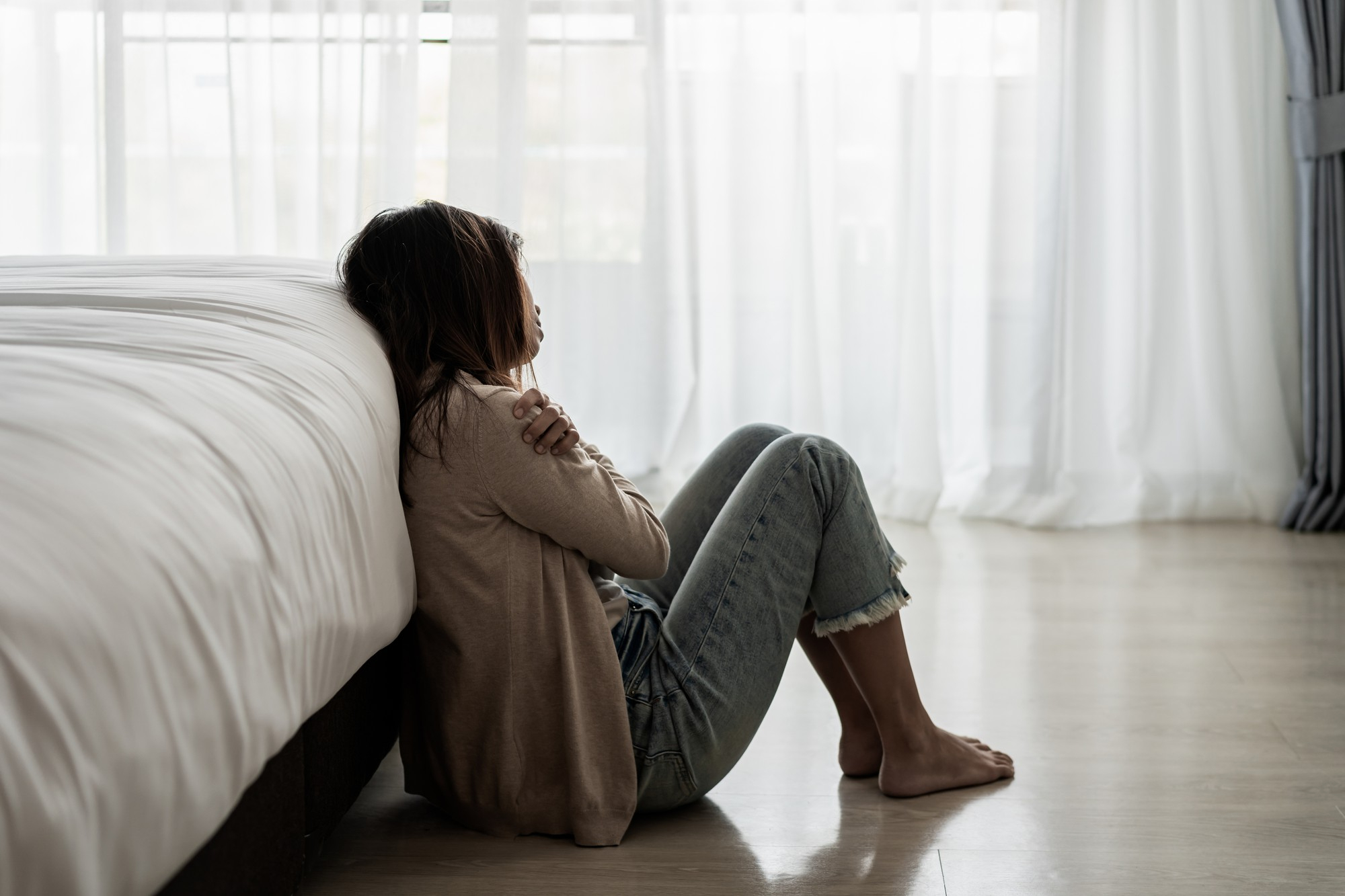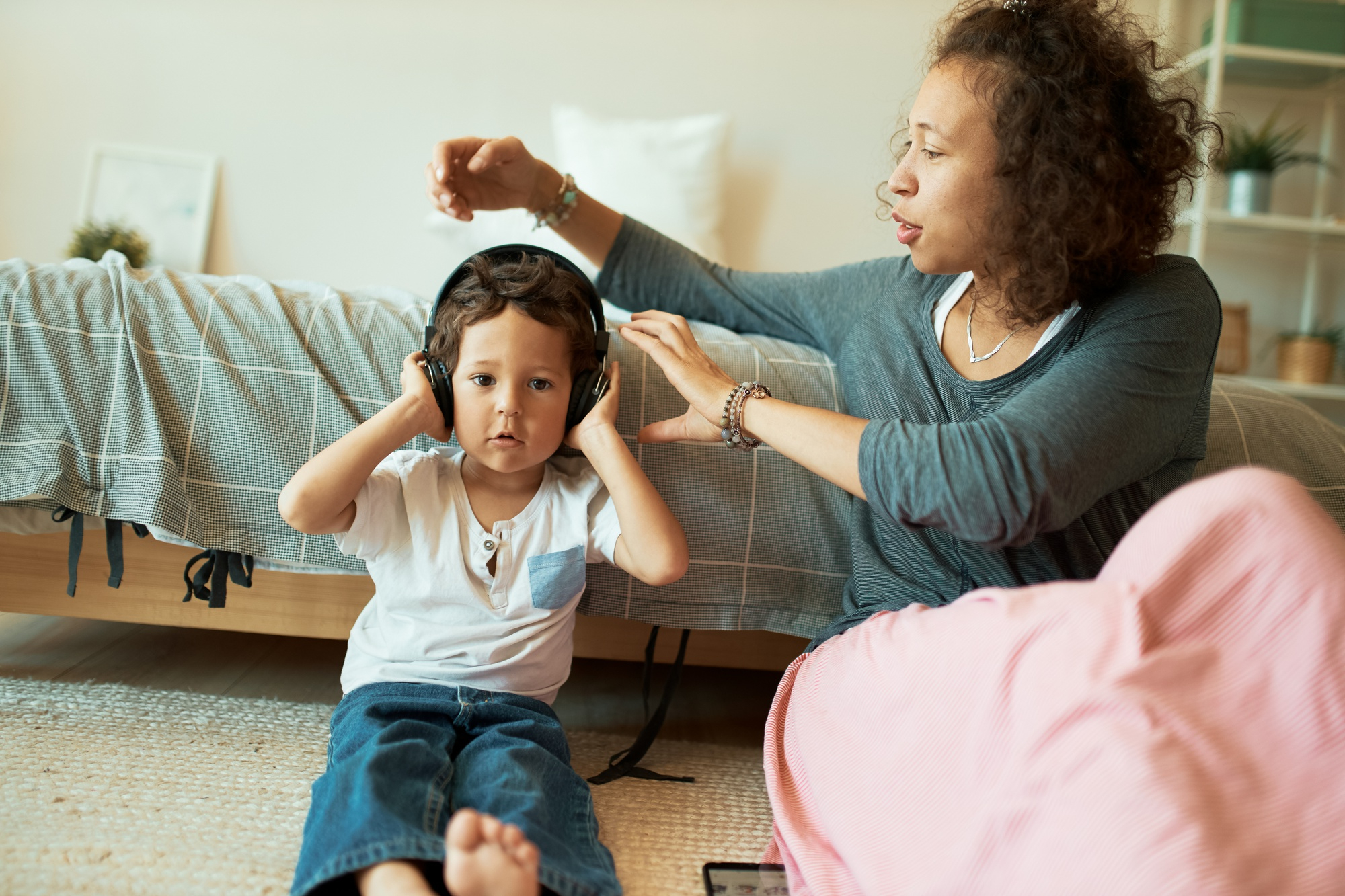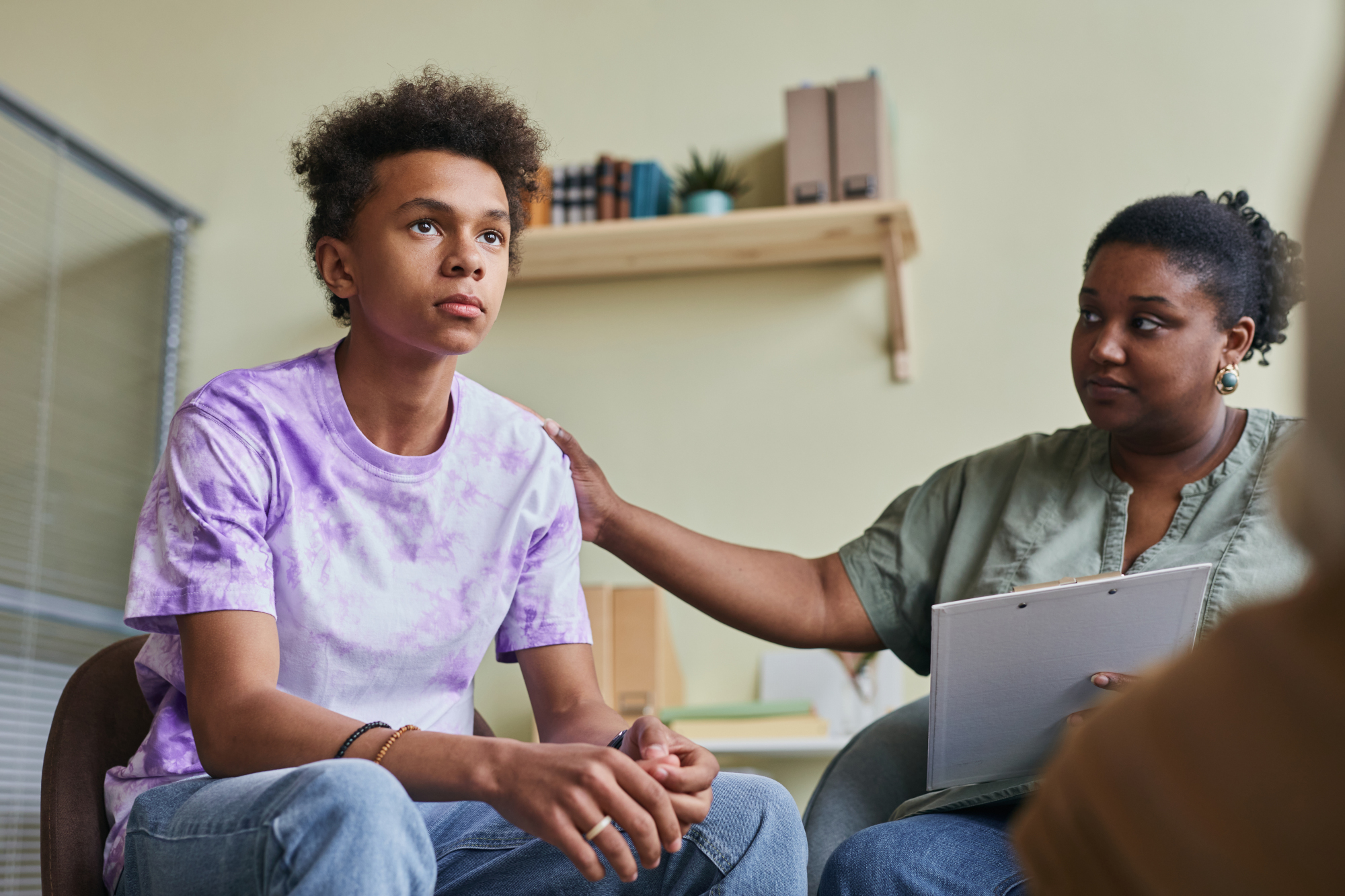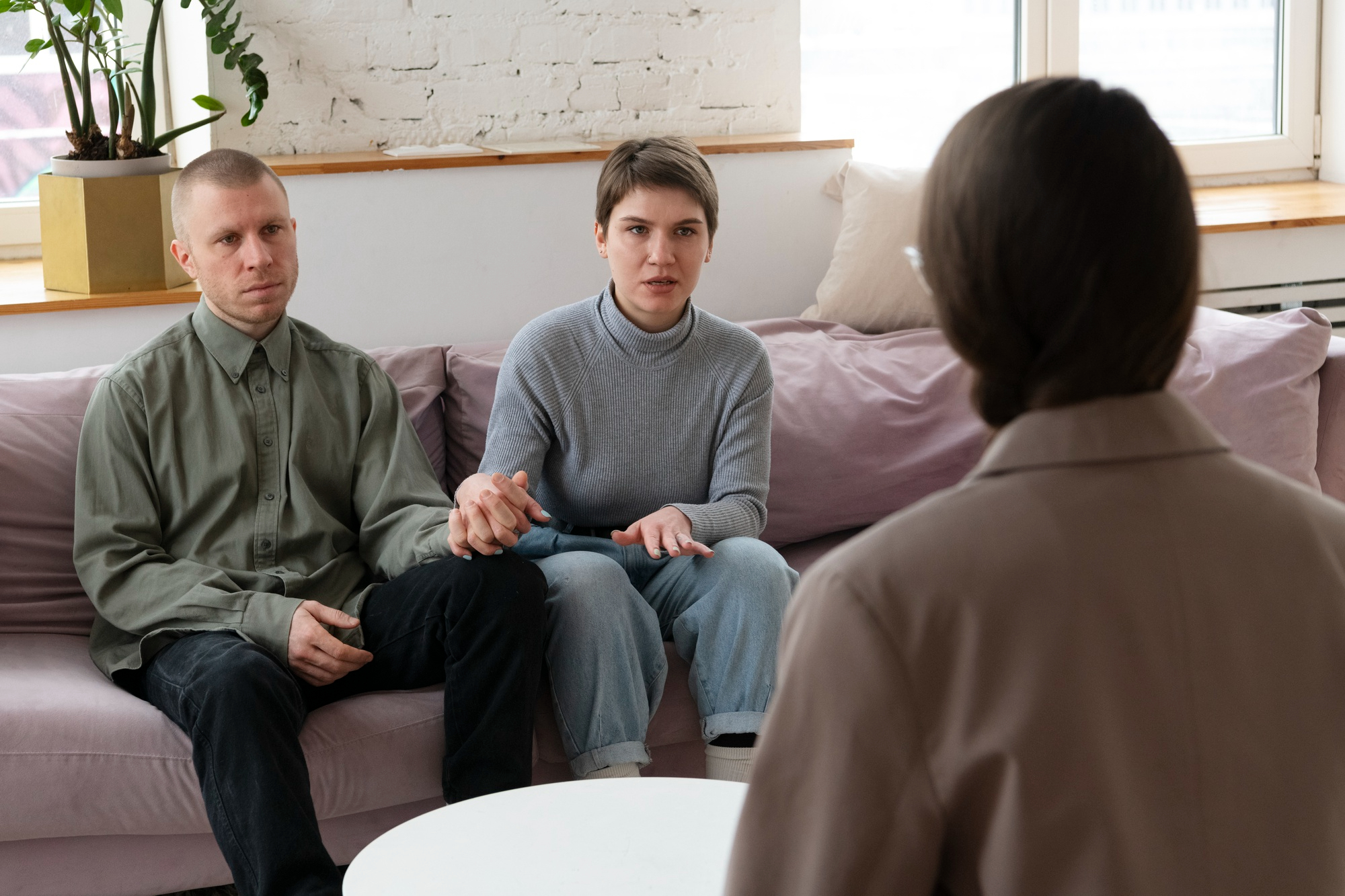Bullying has evolved over the years, with cyberbullying taking precedence due to the rise in use of social media. These days, it seems anyone is a target for bullying, not only in school for children and teens, but also in the workforce for adults.
November is when we talk more often about bullying; as we should. Bullying at any age is cruel and hurtful behaviour in which some people will use their sense of power negatively to intentionally hurt and traumatize others.
On the school grounds, and now on social media, children and teenagers are the primary targets of bullying. However, adults are no less exempt from bullying, as it happens in public, private, and in the workplace over racial backgrounds, sexual orientation, identity, and ability.
Have you ever stopped to wonder: what defines bullying as exactly that, bullying? And what can we do about it?
In honour of Bullying Awareness Month, we’ll help you learn what bullying is, what it can look like to those experiencing it, and how exactly we can help those who are currently and unfortunately experiencing it.
What is Bullying?
Bullying takes form in many ways, both virtually online and physically offline.
- Physical: hitting, shoving, kicking, touching, stealing or damage someone’s belongings
- Verbal: calling someone names, taunting, teasing, mocking, spreading lies or rumours, poking fun at someone’s sexual orientation or gender identity, comments about race, or discriminate against someone’s religion, culture, language, or ability
- Social: spreading rumours, gossip to damage relationships, excluding others from a group, humiliating someone
- Written: written notes and signs that are hurtful and insulting
- Electronic or Cyberbullying: spreading rumours or hurtful comments using email, text messaging, and social media
Some examples of cyberbullying typically include:
- Creating a social media post or status meant for harm
- Used to embarrass, upset, or threaten someone
- Using email, text messages, and social media to harass, embarrass, threaten, socially exclude, or damage reputations and relationships
- Posting or sharing photos or videos to humiliate someone or damage relationships
- Put downs and insults can involve rumour spreading, spreading private information, or threatening harm to someone
- Directly messaging someone to tease, make fun, hurt, or shame them
- Sending threats over text message to someone
No matter what type of bullying is going on, it is not acceptable in any means or capacity.
Conflict Turns to Bullying
Some people may confuse conflict with bullying. Conflict between people and students may not always mean it is bullying.
When two people are having a disagreement, a difference of opinions, or a different viewpoint on a subject, that’s when conflict occurs. However, in conflict, each person is comfortable sharing their viewpoint on the topic.
We learn and begin to understand at an early age that everyone has different views than our own. Gaining perspective is an ability that takes time, well continuing into early adulthood. It’s how we deal with conflict that can create a positive or negative situation.
When someone becomes aggressive and says or does something hurtful, the conflict becomes an aggressive interaction. Over time, patterns of behaviour appear where the aggressor in the conflict may continue their aggression or make it worse. The receiver of the aggression may start feeling less able to express their viewpoint and feel powerless to the situation. This is the point where conflict has turned into bullying.
Signs and Effects of Bullying
Emotional and Behavioural Signs:
- Afraid to attend school, work, or other activities
- Fearful or anxious behaviour
- Self-deprecating comments and low self-esteem
- Complaints of illness (stomach aches and headaches)
- Less interest in activities and low performance at school and/or work
- Losing things frequently, needing money, and being hungry after school, wanting more than a simple after school snack
- Damaged clothing or other items, injuries, bruising
- Irritable and unhappy mood and responses to questions
- Issues sleeping, such as nightmares
- Appearing to be isolated from their peers
- Threatening to hurt others or themselves
School or Work Avoidance:
- Making excuses to avoid work or school, or suddenly refusing to go
- Afraid to attend school or work
- Nervous riding the school bus or public transit
- Taking a different or strange route when walking to and from school or work
No Medical Explanation:
- Constant stomach aches and headaches
- Feeling sick or tired often, otherwise well
- Faking illness to stay home from school or work
Eating or Sleeping Pattern Changes:
- Eats less than normal or loses interest in food altogether
- Skipping meals
- Stress or binge eating
- Issues falling or staying asleep
- Experiencing nightmares often
Low Self-Esteem:
- Comes home from work or school sad or teary-eyed
- Feeling like they can’t do anything right
- Feeling like they will never have any friends
- Shows signs of general depression or anxiety
Isolating:
- Irritated frequently for no reason
- Stays in their room alone frequently
- Showing little interest in spending time with their peers
- Loss of friendships
- Says they have no friends
- Avoiding social situations they once enjoyed
Relationship Signs of Bullying:
- Overprotective and restrictive parents
- Bullying at home from siblings
- Lonely and isolated at school or work
- Few friends at work, school, or neighbourhood
Effects of Bullying
According to the Centre for Addiction and Mental Health (CAMH), a study in 2019 reported that over 1 in 5 (23%) of students in Ontario are being bullied at school.
Child bullies or children who are victims of bullying are at risk of emotional, behavioural and relationship issues who will need support to help create healthy relationships throughout school and into adulthood.
According to Public Safety Canada, 47% of Canadian parents have at least one child who is a victim of bullying, 1/3 of the Canadian population has experienced bullying as a child, 1/3 of teenagers have been bullied recently and 40% or almost half of Canadians are bullied in the workplace each week.
What this means is that those who are bullied can and may be experiencing the following effects that are impacting their daily lives poorly:
- Social anxiety
- Loneliness
- Withdrawal
- Physical illnesses
- Low self-esteem
- Shock
- Anger
- Feeling frustrated and/or helpless
- Feeling vulnerable
- Loss of sleep
- Loss of appetite
- Stomach aches and headaches
- Panic or anxiety, especially about going to work or school
- Tension or stress around family
- Loss of concentration
- Lose sense of morale and productivity
Those who are experiencing these effects of bullying may also succumb to phobias, develop aggressive behaviour, and fall into depression.
Ways to Help Those Experiencing Bullying
Young children may not know or understand the word “bully,” however they do know when someone intentionally tries to hurt them, is mean, or is deliberately trying to make them feel upset or scared.
Children may not tell you about any bullying that is going on because of being worried that things will become worse if they “tell,” “tattle” or “rat out” their bully.
Tattling, also known as tattle tailing, is intentionally trying to get someone in trouble by telling on them. Telling on someone is to get help when that someone is hurting or taking the right to feel safe away from yourself or someone else.
Teens may not tell you there is an issue and call it “harassment” over “bullying.” They may prefer to try and deal with it on their own, thinking their parents will become upset and take away a personal item (like their cell phone), or they feel it’s too embarrassing to involve an adult.
Ontario requires each school board to implement an anti-bullying policy to help encourage welcoming and supportive communities in schools. In November 2021, it was announced that there are specific references about religiously motivated discrimination, like anti-Islamophobia and antisemitism, alongside discrimination based on sexual orientation and racism.
What You Can Do If You’re Being Bullied
- Tell the person firmly their behaviour is unacceptable and ask them to stop. You can ask someone you trust, a parent, teacher, recess supervisor, supervisor, or union representative or member to come with you when you confront this person.
- Journal or write down the date, time, and what happened, with as much detail as possible, names of any witnesses, and the outcome.
- Keep record of any letters, memos, emails, screenshots of posts and texts, etc. that you have received.
- Report bullying or harassment to an adult, teacher, principal, person identified in your workplace policy, supervisor, or delegated manager. If you’re not being heard, keep talking to someone until you are.
- Walk away. Rather than giving the bully a response or reaction (which is what they want), ignore them and leave the situation.
- Avoid further confrontation, and physical violence. Fighting back can lead to you being in trouble, or making you look like the instigator.
- Display confidence. Even if you fake it, act like you’re calm and in charge of the situation.
- Find healthy ways to deal with anger and fear, such as talking to friends or someone you trust, or using therapies like journaling or art.
- Talk to someone you trust.
- Keep activities and people in your life that help you feel good about yourself.
Staying Safe
- Seek a good support system of parents, school counsellors, close friends, a manager or union representative, and people you trust. They can help come up with a plan of action. It is especially important when experiencing physical harm or if you feel in danger to report bullying.
- If you don’t feel comfortable or safe speaking to someone in person, there are phone lines or online resources (listed below) that can help you come up with a plan and deal with the difficult thoughts and feelings you’re experiencing.
- Staying safe could mean physically avoiding those who cause you harm, or blocking them on devices, email, and social media accounts. You may want to have a buddy system in place when being physically bullied to avoid being alone.
- If there’s physical danger or fear of harm present, call 911.
What Not to Do
Don’t be a bystander. These bystanders may get caught up in the moment and become involved in the bullying, or may think it doesn’t concern them and walk away. This applies to bullying online as well as in person.
When a group of people choose not to do anything when witnessing bullying, they are choosing to make bullying okay or acceptable. Bullying is hurtful, no matter what form it is or its capacity.
What You Can Do If You Witness Bullying
- When you see it happening, do not walk away from the event; speak up.
- Speak to the person being bullied and ask if they need help.
- Refuse to be a part of bullying online. Don’t share, like, or repost on social media something that was posted to intentionally hurt someone. Speak up in the comments or posts and report them.
- Report bullying to teachers, school staff, parents, caregivers, supervisors, union members, management, or someone with authority.
- Make sure you have self-care plans in place, and seek support for yourself if not.
Resources You Can Contact
Kids Help Phone: 1-800-668-6868
No Time for That (Anti-Bullying Society)
Canadian Centre for Occupational Health and Safety
Bullying Prevention
Bullying is an issue that affects entire communities, including the Asian, Chinese, LGBTQIA+, and diverse Canadian communities present within the Greater Toronto Area. We can stand up together against bullying by involving our entire community, workplaces, and schools, to further build upon our skills in resiliency.
Healthy communities are a big part in supporting each other’s well-being. When united, communities can:
- Downcast bullying. When communities stick together to not tolerate bullying, individuals within those communities are less likely to tolerate it as well.
- Encourage the treatment of others with respect and fairness, and encourage healthy relationships.
- Be inclusive of one another, and bring people together to offer support to each other.
Hopewoods is proud to be part of a community that is taking a stand against bullying. If you or someone you know is being bullied, please take the time to read through this article for actions you can take and resources you can contact. You can also share this with loved ones you trust.
If you feel our clinic is the best fit for you or your loved ones needing to heal from the effects of bullying or learn more about bullying prevention, don’t hesitate to reach out to our staff for further assistance. A free 30-minute consultation is also available.









 by
by